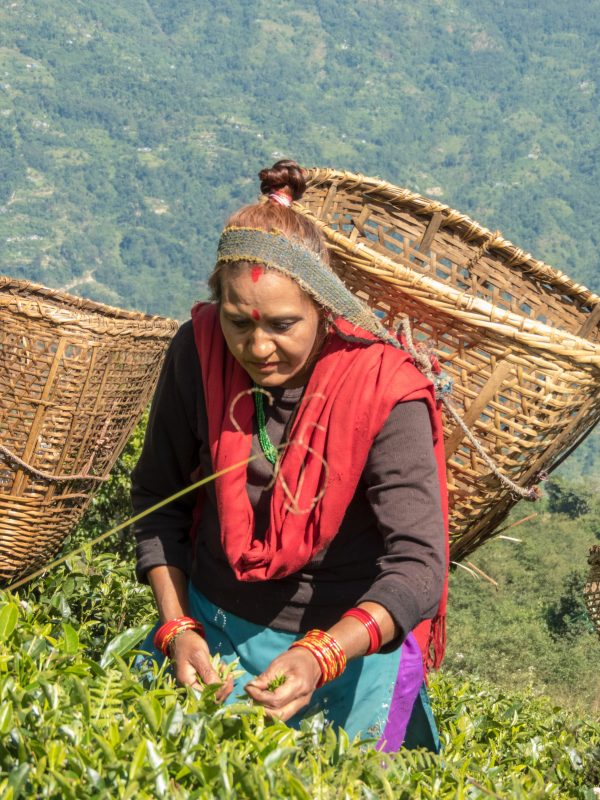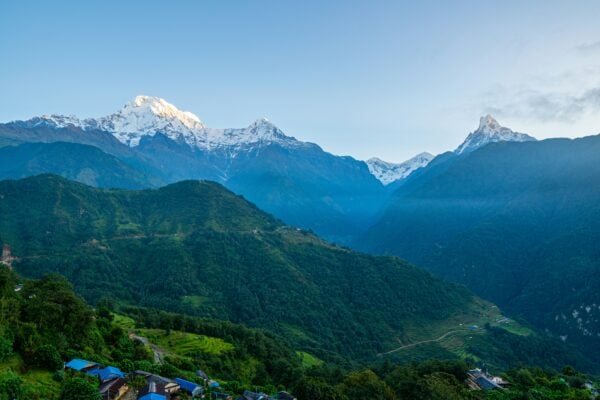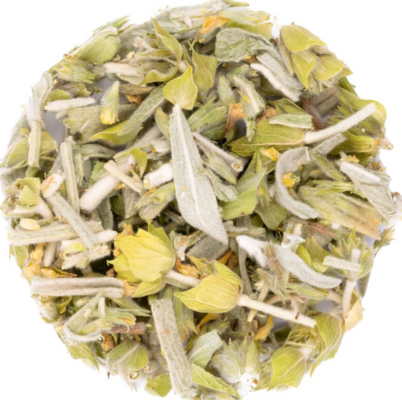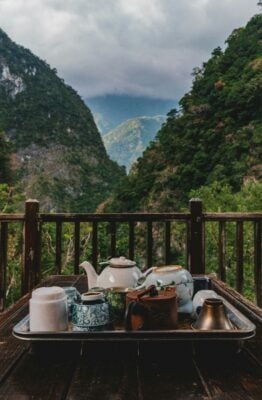Stories About Tea welcomes a new international guest writer, who will contribute once a month! Meet Rijan Ojha from Nepal, who works for Dutch agricultural agency Agriterra. “We strengthentea- farmer ownership and stimulate economic growth for ambitious farmers worldwide. This contributes to socio-economically strong and lively rural areas.”
Who are you and what do you do within the tea industry?
I am Rijan Ojha. I am working with Agriterra (a Dutch agricultural agency). We are working with tea cooperatives in Nepal. We support cooperatives in business development. We provide them different type of training and adviser service for their business development. We provide specific training on tea making, processing, tasting.

When did your passion for tea start and how?
I am born in Ilam, the tea heaven of Nepal. I saw my grandmother making tea with her hands when I was small. My passion for tea started when I interacted with tea farmers, I got the opportunity to know that its not only tea that interests me, but also the life of farmers.
Can you tell what you do at Agriterra?
Agriterra was founded by the Dutch agricultural sector. We provide expert advice and training to cooperatives and farmer organisations in emerging economies. We strengthen farmer ownership and stimulate economic growth for ambitious farmers worldwide. This contributes to socio-economically strong and lively rural areas. Our energetic international team consists of practical, motivated professionals.

What makes each region in Nepal unique when it comes to tea?
Tea is mainly grown in the eastern part of Nepal. We have 2 type of tea; orthodox and CTC tea. Orthodox tea is mainly grown in the hills and CTC is grown in the plain region. The higher you climb the higher the quality of the tea.
What are the standout teas in Nepal in your opinion and why?
I prefer orthodox tea, because it has mixture of different flavor depending upon different cultivation area. The tea that stands out in Nepal are orthodox golden, white and green.

What are the trends in tea for this year and the teas to come?
As usual Nepali people prefer milk tea (we call it Chiya). But there is an increasing trend of consumption of green tea due to its health benefits. You can expect more organic certified high quality tea in 2020.
How important is water for tea?
Actually tea plantation do not require much water as other plants. But the moisture content in tea affects on the quality of tea. Moisture level should be balanced for getting higher yield of quality tea. While drinking tea, water is a major determining factor for the taste. Different tea requires different temperature of water to know the taste, but water boiled at 80 degree is good for every type of tea.
What is your personal favorite tea and why?
I prefer orthodox golden tea. Because the tea has a tasting note of chocolate and dark honey. It is good for hot and cold brew.

Is there a favorite food pairing with a tea you would like to recommend?
Yes obviously. The best food pairing for me is Selroti and milk tea (Chiya).
What is the tea culture like in Nepal?
More people prefer milk tea. There is also an increasing trend of consuming green tea.



